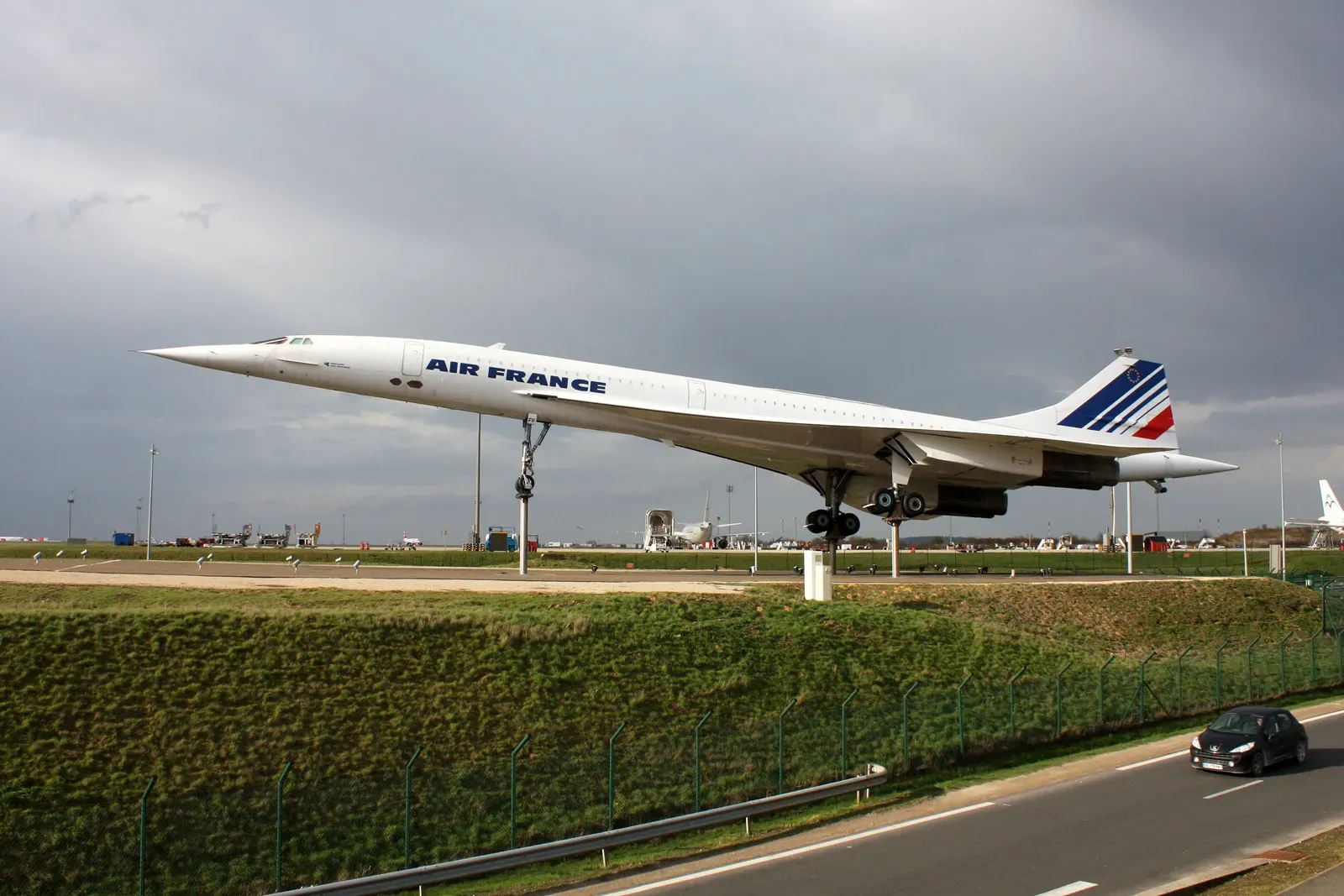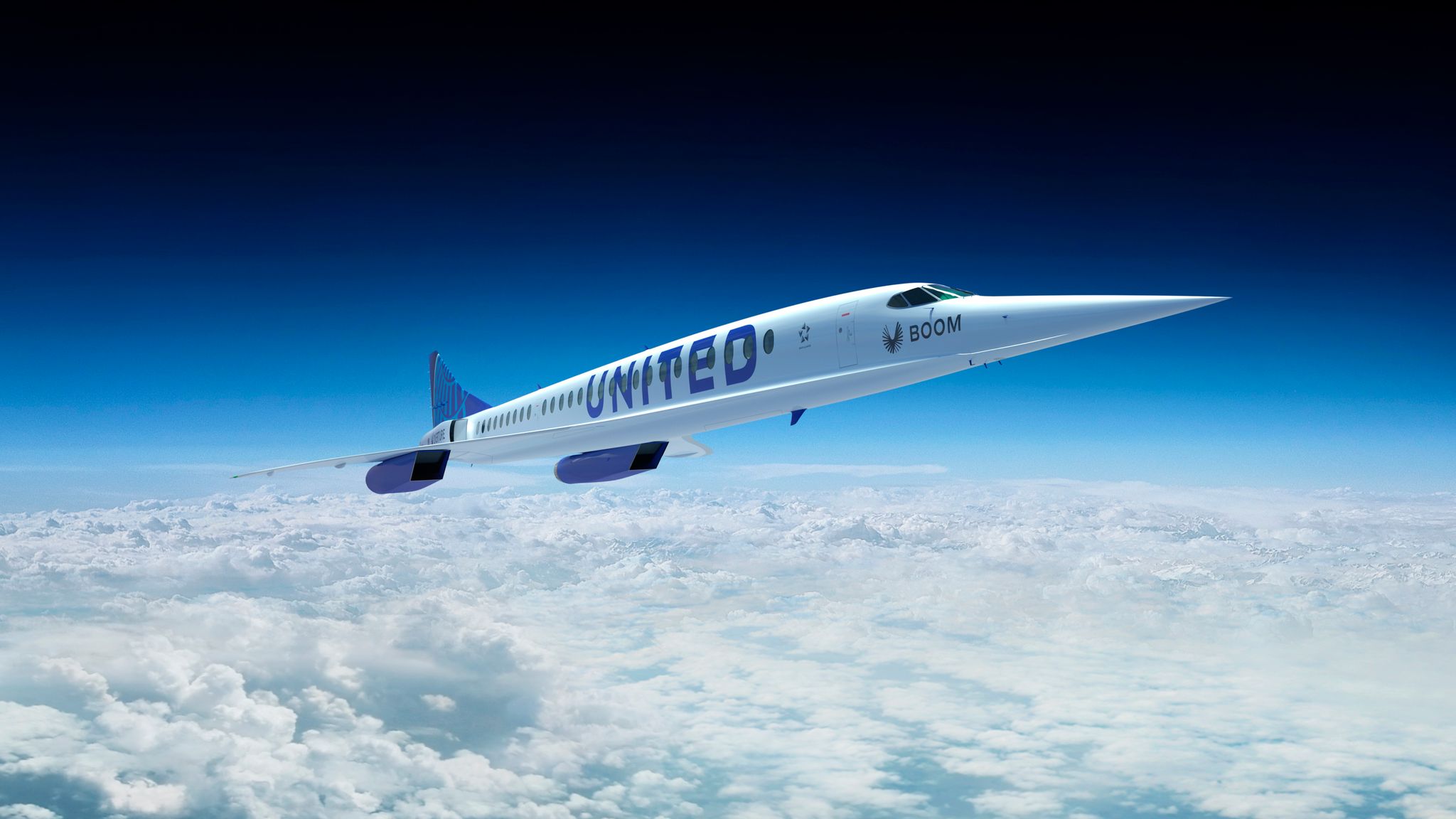The Comeback of the Concorde: Supersonic Travel’s New Era
From reduced sonic booms to more fuel-efficient engines, the revival of the Concorde represents a convergence of innovation and nostalgia, offering a glimpse into the future of aviation.

Introduction
After decades since its retirement, the Concorde, a symbol of supersonic travel, may be poised for a comeback. Recent advancements in aerospace technology have reignited interest in faster-than-sound travel, promising to usher in a new era of speed and luxury in air transportation. From reduced sonic booms to more fuel-efficient engines, the revival of the Concorde represents a convergence of innovation and nostalgia, offering a glimpse into the future of aviation.
The Legacy of the Concorde
Pioneering Supersonic Travel

The Concorde, a joint venture between British and French aerospace manufacturers, made its maiden flight in 1969 and entered commercial service in 1976. With a cruising speed of over twice the speed of sound, the Concorde offered unprecedented levels of speed and luxury, shrinking transatlantic flight times to just a few hours.
Iconic Status
Despite its limited commercial success, the Concorde achieved iconic status as a symbol of technological prowess and luxury travel. Its sleek design and distinctive delta wing profile captured the imagination of travelers worldwide, earning it a place in aviation history.
Advancements in Aerospace Technology
Reduced Sonic Booms
One of the primary challenges of supersonic travel is the production of sonic booms, which can disturb communities on the ground. Advances in aerodynamics and engine design have led to the development of quieter, more aerodynamically efficient aircraft, mitigating the impact of sonic booms and opening up new possibilities for overland supersonic flight.
Improved Fuel Efficiency
Another area of innovation is in propulsion technology, with the development of more fuel-efficient engines that produce less noise and emissions. These advancements not only reduce the environmental footprint of supersonic aircraft but also make them more economically viable for operators.
The Future of Supersonic Travel
Commercial Viability
With growing demand for faster and more efficient air travel, the resurgence of the Concorde represents an opportunity for aerospace manufacturers and operators. New business models and technologies, such as fractional ownership and sustainable aviation fuels, could make supersonic travel financially feasible in the 21st century.
Environmental Sustainability
While supersonic travel is often associated with high fuel consumption and emissions, efforts are underway to minimize its environmental impact. From carbon offset programs to the use of renewable fuels, stakeholders are exploring ways to ensure that the revival of the Concorde aligns with global sustainability goals.
FAQs (Frequently Asked Questions)
Q: Why was the Concorde retired?
A: The Concorde was retired primarily due to economic reasons, including high operating costs and declining passenger demand following the 2000 crash.
Q: How fast did the Concorde fly?
A: The Concorde had a cruising speed of approximately Mach 2.02, or around 1,354 miles per hour, allowing it to traverse the Atlantic Ocean in just over three hours.
Q: What caused the sonic booms associated with the Concorde?
A: Sonic booms are caused by the shockwaves generated when an aircraft exceeds the speed of sound. The Concorde's distinctive double sonic boom was a byproduct of its supersonic flight profile.
Q: Are there any supersonic aircraft in operation today?
A: While there are no commercial supersonic aircraft in operation today, several companies are developing supersonic prototypes and concepts with the aim of reintroducing supersonic travel in the near future.
Q: What are the potential benefits of supersonic travel?
A: Supersonic travel has the potential to reduce travel times, increase connectivity between distant destinations, and enhance the overall passenger experience, particularly for business travelers and high-net-worth individuals.
Q: Will the revival of the Concorde be environmentally sustainable?
A: Efforts are underway to ensure that the revival of the Concorde aligns with environmental sustainability goals, including the development of more fuel-efficient engines and the use of sustainable aviation fuels.
Conclusion
The resurgence of the Concorde represents a thrilling chapter in the ongoing saga of supersonic travel. With advancements in aerospace technology paving the way for quieter, more efficient aircraft, the dream of faster-than-sound travel may soon become a reality once again. Whether it's reducing travel times, enhancing passenger comfort, or pushing the boundaries of innovation, the comeback of the Concorde heralds a new era of possibility in aviation.